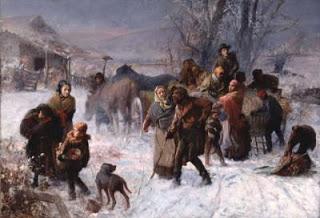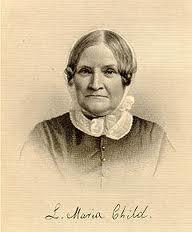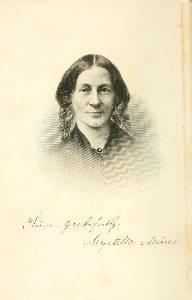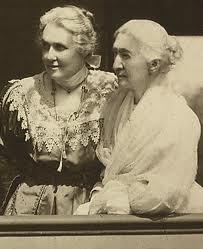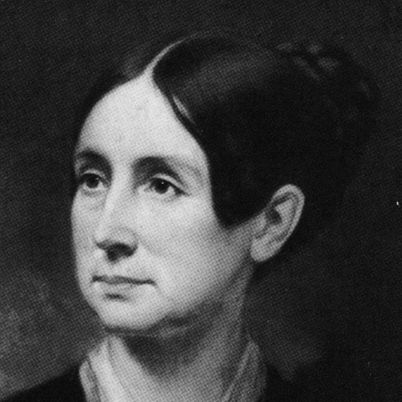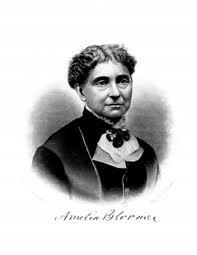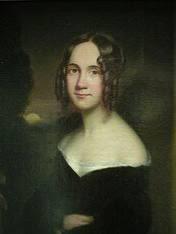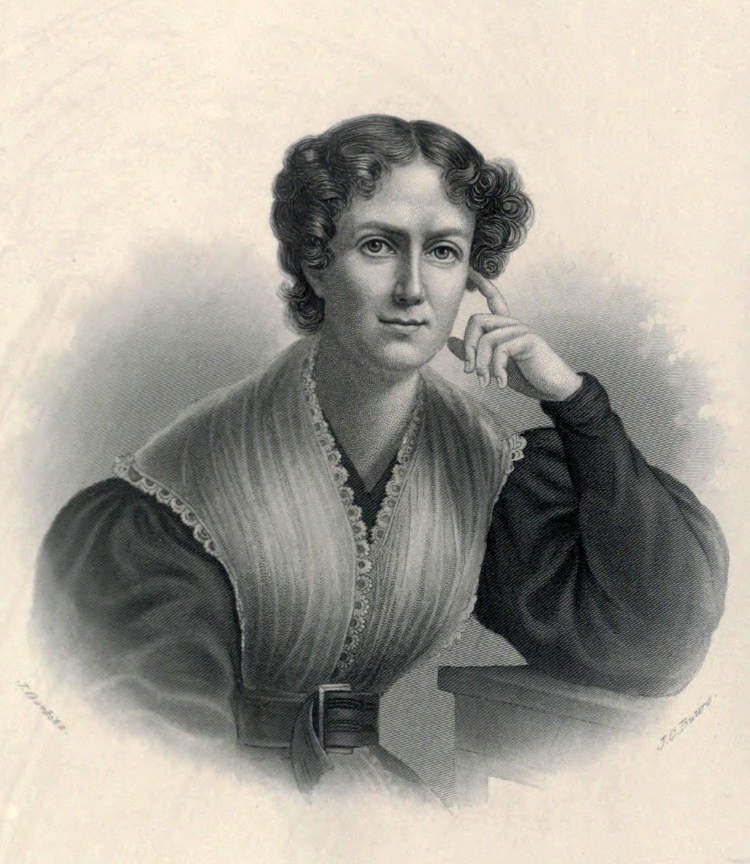19th Century Anti-Slavery Activists Image: The Underground Railroad, 1891 painting by Charles Webber, depicts Catharine and Levi Coffin leading a group of fugitive slaves to freedom on a winter morning. The setting of the painting may be the Coffin farm in Cincinnati. White Women Abolitionists The increase in religious revivals known as the Second Great Awakening of the 1820s and 1830s led abolitionists to see slavery as a sin against humanity. By the 1830s, thousands of American women were involved in the movement to abolish slavery, and some became prominent leaders in the abolition movement. They wrote articles for abolitionist papers, circulated pamphlets and delivered petitions to Congress calling for abolition. Since the days of William Penn, Quaker practice had…
